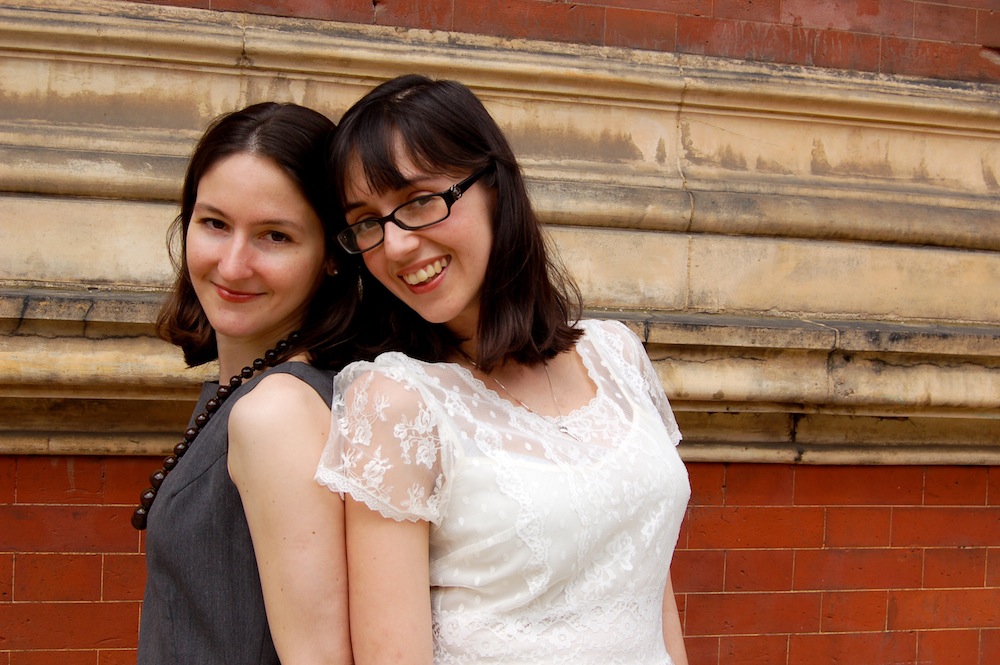Keeping Ballet Relevant through Words
The Ballet Bag was founded in 2009 by two ballet enthusiasts, Linda and Emilia, who were both living in the United Kingdom at the time. Their goal has been to demonstrate that ballet is not stuffy, old-fashioned or inaccessible by creating relevant, fresh and topical coverage. Linda and Emilia share a peak into their ride covering ballet for the past eight years.
~~
How did you get into writing about ballet?
Back in the days of the “blogger,” both Linda and I had personal blogs where we wrote about our experiences in the UK. We both also went to watch the Royal Ballet regularly (that’s where we met), so we started to write about all the shows we saw on our blogs, and with time that evolved.
Why did you launch The Ballet Bag?
We became very enthusiastic about ballet as an art form. At the time, even though there were some sites/forums we admired, we couldn’t find something that spoke to us; we spotted a gap. We longed for an online vehicle where classical dance could be portrayed in a very accessible way; we wanted to inform people about what was going on by using multimedia and a young fresh voice, taking inspiration from pop culture and other blogs that covered cinema, music and fashion.
What do you find most rewarding/frustrating about writing about dance?
One of the most rewarding things is this sense of community, in part propelled by social media, where other dance writers, bloggers and dance enthusiasts engage in fascinating discussion about certain pieces. We learn so much in the process. And that’s also one of the most frustrating things: We have this community that’s very engaged with dance, but it’s niche (especially ballet) and consequently very hard to reach out to new audiences.
What larger trends have you noticed in the dance world during your time writing about dance?
We have always been interested in what’s going on with social media. When we started The Ballet Bag in 2009, it was all about Twitter. There was a small handful of dancers like Maria Kochetkova, Daniil Simkin, Ashley Bouder and Evan McKie who were among the first to bring the backstage to social media. Then the whole thing exploded. So many people joined and it became difficult to keep track, with so much content published every second. Now, Instagram and Snapchat have overtaken Twitter and, because of the “content in real time” factor, it’s the dancers who are the ones breaking the news and communicating to us what’s going on in the dance world.
What larger trends have you noticed in dance coverage during your time writing about dance?
The most talked about trend is unfortunately those dreadful cuts in printed media and the downsizing of arts jobs in newspapers. But, something we also noticed, is that the arts organizations themselves have started to invest in their own content. Some do an amazing job investing in creative projects (Linda and I are lucky to work with some clients who are interested in creating fun and informative online content), but others do a predictable job. We do worry about the volume of “assembly-line” content being churned out. Who’s reading all that?
Given how relatively few people write about dance, what do you think could be done to make dance writing more viable?
Linda: I think newspapers have yet to explore different subscription models. Could that pave the way for tailored subscriptions, such as mini subscriptions to arts sections/culture pages perhaps?
Emilia: I feel very gloomy about the future of printed media right now, as I have just heard of the demise of one of my favorite (non-dance) specialized publications, Lucky Peach. In our era of social media, it’s worth focusing on education and curation in order to enrich audience’s experiences.
The Ballet Bag ladies, photo by Elena Murchikova
~~
To learn more, visit www.theballetbag.com.

